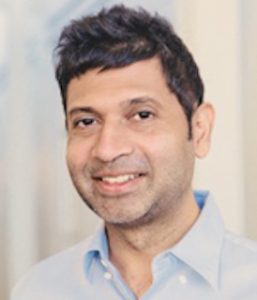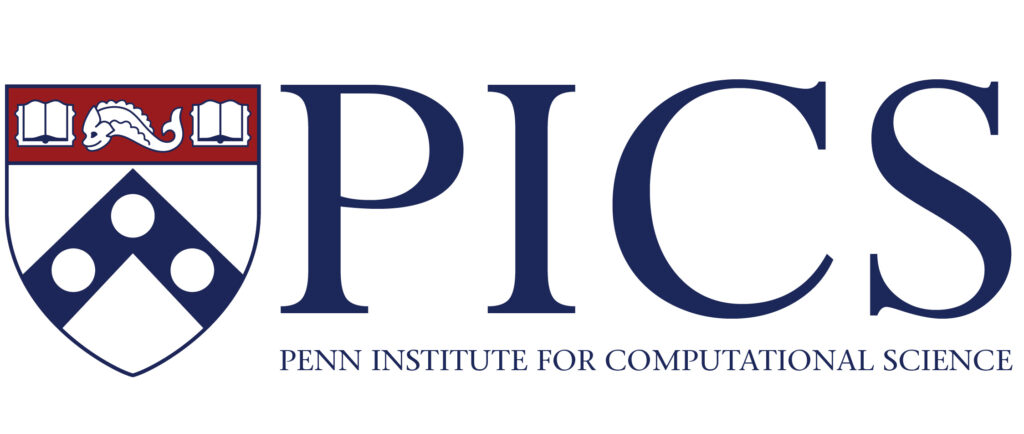
- This event has passed.
Colloquium: Arvind Gopinath
On Friday, December 4th at 2:00 PICS will present a colloquium featuring Professor Arvind Gopinath, Assistant Professor at University of California Merced.

Title: Swarming bacteria as novel active biomaterials – insights into the collective mechanics, particle transport and morphological adaptation in swarming bacteria from in-silico experiments.
Abstract: Flagellated and motile bacteria, in isolation or in coexistence with fungi, are implicated in about two-thirds of human infections. During infection, and generally even in relatively benign situations, bacteria may colonize surfaces via a process called swarming – a form of rapid translocation associated with changes in cell phenotype. As swarmer cells move rapidly, they interact with each other forming cohesive structures that then rapidly develop into collective multicellular aggregates. Understanding the swarming process is important for biomedicine, and is relevant to evolutional biology – in, for instance, understanding the evolution of phylogenetic spatial structures in bacterial populations. On a complementary note, understanding the biophysical and mechanical aspects of swarming can provide insights into synthesizing the next generation of adaptable matter.
While comprised of independently cells, swarms exhibit collective properties and remarkable emergent flow patterns. Recent work supports treating these collective systems as novel living biomaterials with evolving composite properties. In this talk, I will discuss how the combination of key experimental discoveries combined with multi-scale simulations enables careful interrogation, analysis and understanding of microbial swarms and films. The experimental component of the talk will highlight experimental observations on swarming Serratia marcescens, a rod-shaped gram negative bacterium. Following that, I will discuss recent work on a suite of computational approaches that we exploit to simulate these active systems. Our approaches include agent-based full-hydrodynamics simulations, adaptations of Active Brownian Particle (ABP) stochastic models, and mean-field continuum models solved using parallellized level-set methods on high resolution and highly adaptive Quadtree meshes.
Bio: Arvind Gopinath is an Assistant Professor in Bioengineering at the University of California, Merced. He received his Ph.D in Chemical and Biomolecular Engineering from Cornell University followed by post-doctoral work in the Department of Chemical Engineering at MIT under Prof. Armstrong, and at the School of Engineering and Applied Sciences at Harvard under Prof. Mahadevan. Prior to joining UC Merced, he held visiting scientist positions at the Institute for High Performance Computing (IHPC) in Singapore, Max Planck Institute for Dynamics and Self-Organisation (MPIDS) in Gottingen and the University of Pennsylvania. The current focus of Dr. Gopinath’s lab is to understand the role of mechanosensing, and in particular surface sensing, in bacterial swarms and biofilms. More general interests and projects include studying the emergence of chemical memory in intra-cellular or reconstituted motor-filament networks, understanding active polymers and filaments within statistical physics frameworks and mechanics mediated synchronization in mucociliary carpets.
